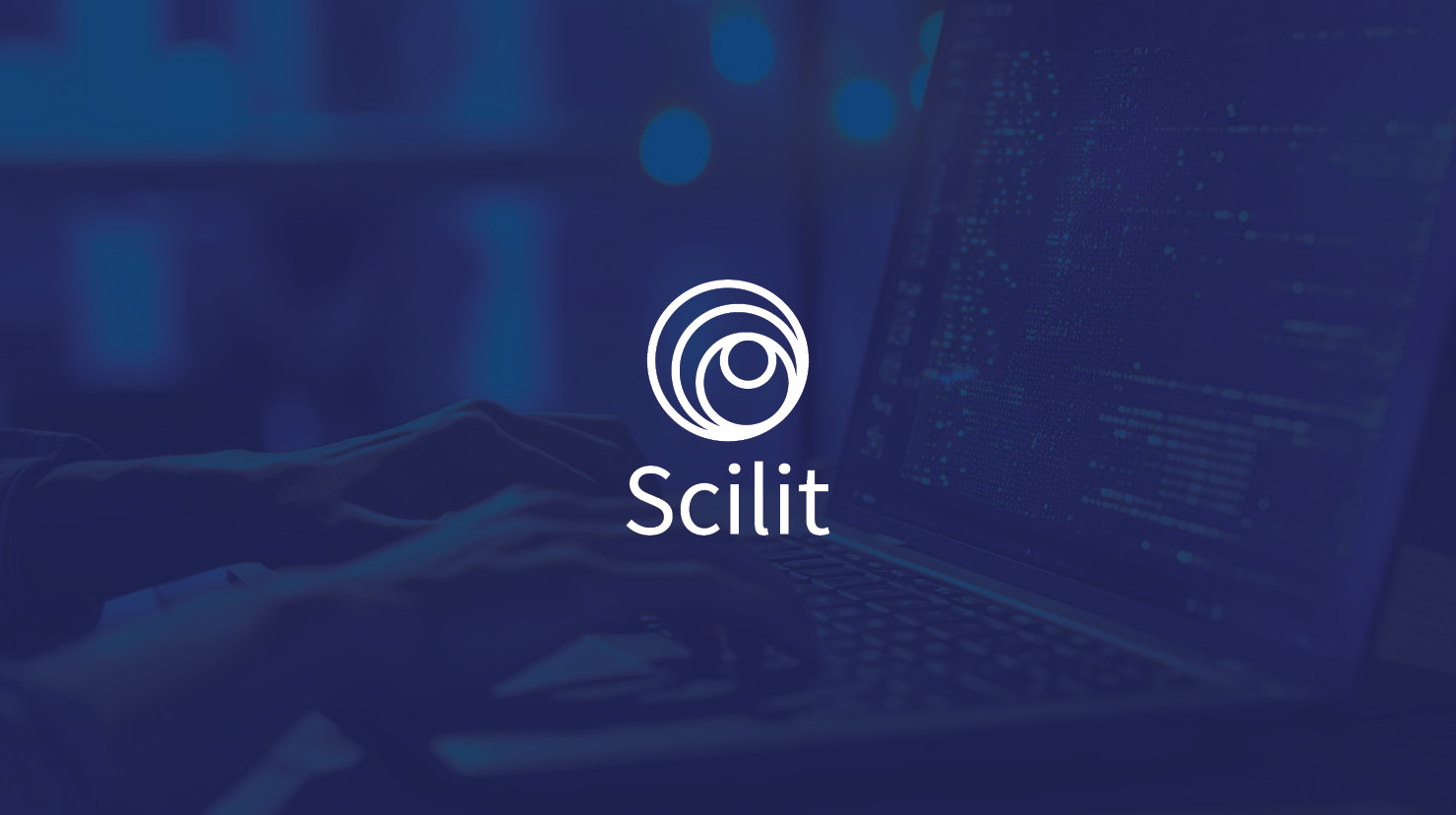
Using New Search Technology on Scilit
Scilit is a free and inclusive index of scholarly literature developed and maintained by MDPI.
It aggregates scientific material by extracting the latest data from CrossRef and PubMed so that newly published articles are added to Scilit almost immediately. It covers all academic subjects, and allows anyone to retrieve information about publications, sources, publishers, scholars, and organisations for free.
Here, we’ll look at how Scilit works and the new features that have been integrated into it.
How does Scilit work?
Scilit is an infrastructure to aggregate and expose metadata. The term metadata refers to data that give information about other data; examples of metadata on Scilit include author names, publication date, Digital Object Identifier (DOI), keywords, abstract, and related articles.
The database uses widely automated approaches, including crawlers that go through information from other databases to index relevant material. For example, it queries CrossRef’s interface to index metadata for single articles. The DOIs are key, because they enable Scilit to merge new sources into its database without creating duplicates. The data from CrossRef are then crosschecked with other sources and updated as necessary.
Scilit has integrated several aggregators including Crossref, CORE, Unpaywall, NCBI, mEDRA, DataCite, arXiv, PeerJ, RePec, and Orcid. It crawls these daily, so newly published journal articles, book chapters, monographs, and preprints appear within hours of publication.
How to use these data
Scilit is “dedicated to empowering researchers like you with powerful tools and resources” to “keep exploring, discovering, and contributing to the world of science”.
Whether you’re a scientist or just an interested member of the public, you can search from over 159 million up-to-date scholarly publications for whatever it is you need. Custom searches enable you to understand trends in academia through keywords, fields, publishers, years, and more.
The rankings show the top publishers, journals, and countries by numbers of journal articles published for all time or individual years. This helps users understand the dynamic landscape of academia.
Importantly, Scilit clearly highlights whether material is open access or not, and what publishers are publishing work in this format. As the scholarly publishing landscape shifts towards the open access model, this is a very important aspect to follow.
New features
Scilit has recently launched new features to “enhance your research experience and provide a comprehensive view of the impact and influence of publications within the scientific community”. Here’s a list of the new features:
- Article Impact Indicators: Scilit introduced Citation Depth, Breadth, Dependence, and Independence indicators. These metrics offer a holistic assessment of an article’s influence and impact.
- Filter by MeSH Headings and Chemical Substances: Users can now navigate the literature more effectively by leveraging on standardized vocabularies of terms.
- Journal and Publisher Profile Enhancements: The profile pages now include a “Monthly Publications” graph, providing valuable insights into publication trends over the past 12 months.
- Top Cited Publications: Discover the most influential and groundbreaking scientific articles within each subject, as Scilit highlights the publications with the highest citation counts.
- Synonymous Searching Words Expansion: Enjoy more relevant search results by exploring synonymous words based on your current search query.
- Top Cited Scholars: See the distinguished researchers whose impactful contributions have garnered extensive citations, shaping and advancing their respective fields.
- Filter by Sustainable Development Goals: Users can refine their focus on initiatives and actions aligning with the United Nations’ Sustainable Development Goals, ensuring their efforts contribute to a more sustainable and inclusive future.
- International collaboration indicators: This provides researchers with a broader understanding of the collaborative and interactive nature of scholarly material.
These features are supported by a new web design that provides users with a faster, smoother, and more visually appealing interface. See our article “Scilit Updates and Publisher Features” for more information about the main features and its new web design.
Coming soon on Scilit
Scilit is highly important to MDPI and will become more so in our future projects. This will coincide with improvements in the service for its users.
In the future, Scilit will implement the Scilit User Center. Users will be able to create libraries, access their searching history, and easily organise and revisit saved articles. This will further personalise the user experience by providing a hub for storing and accessing research.
These are just two ways in which Scilit will improve its data quality and accuracy and establish new rankings and indicators to heighten the analytic potential of the database.
Try Scilit for yourself
Scilit is a comprehensive, up-to-date, and free database for anyone to use. The new features and web design will enhance your research experience. Why not give them a try? Visit Scilit and begin your research today.










